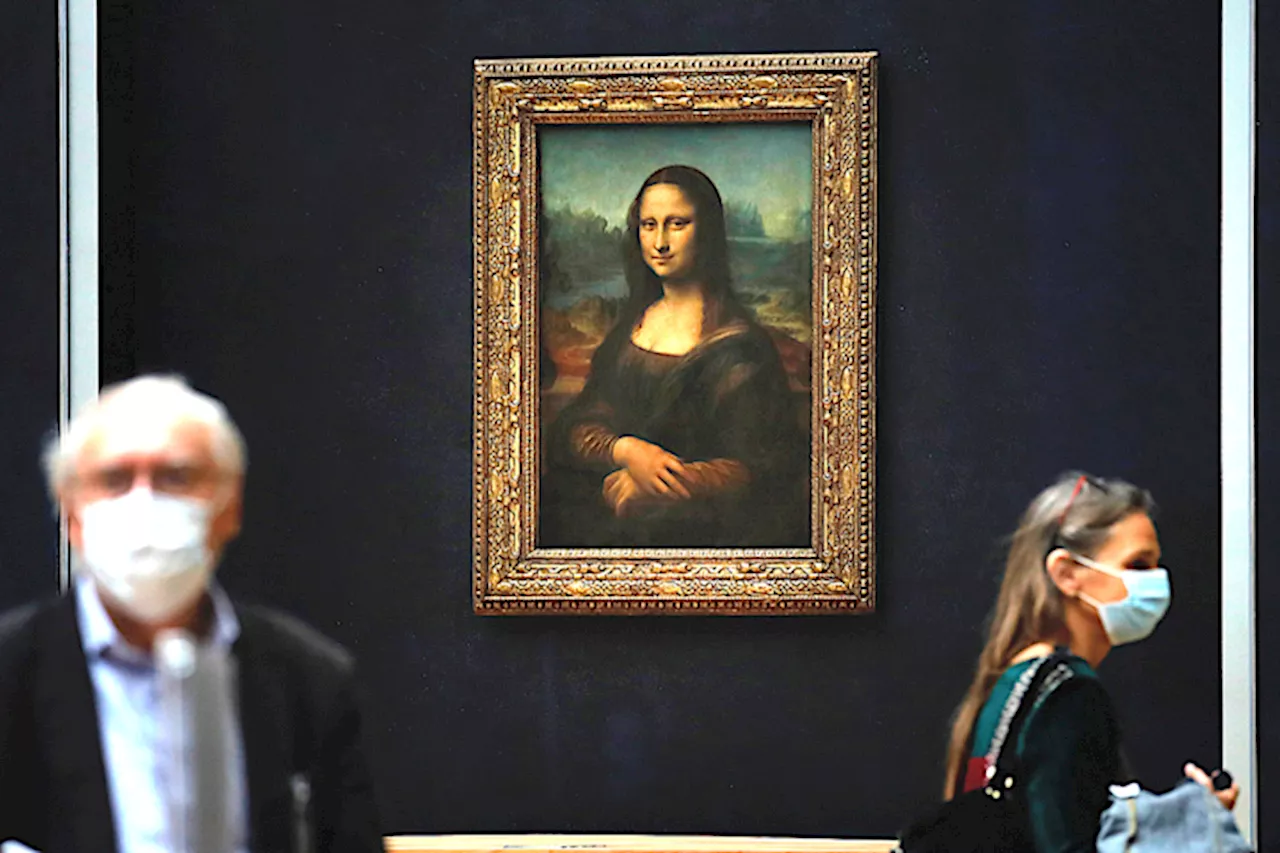A broader look at today’s business
Journalists walk past Leonardo da Vinci’s “Mona Lisa” during a visit of the Louvre museum on June 23, 2020.
The oil-paint recipe that Leonardo used as his base layer to prepare the panel of poplar wood appears to have been different for the “Mona Lisa,” with its own distinctive chemical signature, the team of scientists and art historians in France and Britain discovered. Specifically, the researchers found a rare compound, plumbonacrite, in Leonardo’s first layer of paint.
Finding plumbonacrite in the “Mona Lisa” attests “to Leonardo’s spirit of passionate and constant experimentation as a painter—it is what renders him timeless and modern,” Bambach said by email. Plumbonacrite is a byproduct of lead oxide, allowing the researchers to say with more certainty that Leonardo likely used the powder in his paint recipe.
“It tells us also that those recipes were passed on for centuries,” Gonzalez said. “It was a very good recipe.”
